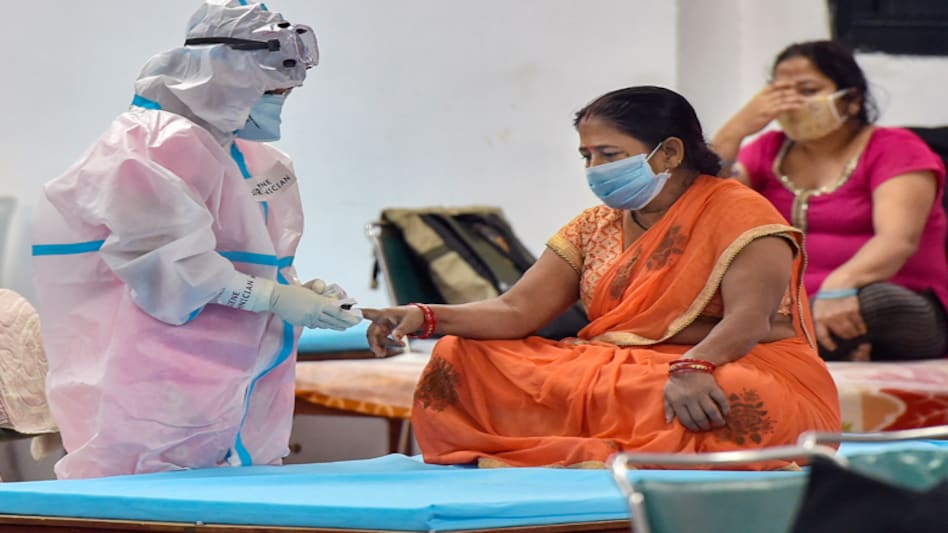

That the events from tens of thousands of years ago would culminate now might appear to be a bit of a conspiracy theory. But science has proof to show that coupling between Neanderthals and modern humans increased the risk of susceptibility from coronavirus today. Scientists have said that a strand of DNA that increases the risk of developing severe COVID-19 infection might have been passed down from Neanderthals to modern humans.
Scientists in Sweden and Germany compared the DNA of very sick coronavirus patients with that from Neanderthals and its sister group Denisovans. The DNA that makes patients fall seriously ill closely matched those of the Neanderthals. According to the scientists, around 16 per cent of Europeans and half of South Asians carry that gene, as mentioned in a report in The Guardian.
Hugo Zeberg, assistant professor at Karolinska Institute in Stockholm told the news site that he almost fell off his chair when he found out the similarities. Zeberg and co-author Svante Paabo believe that these genes still persist because they were once beneficial -- perhaps to fight off other infections. Their downside has been exposed now with a new infection.
According to their study, a cluster of genes are most commonly found in Bangladesh with 63 per cent of the population carrying at least one copy of the DNA sequence, the report stated. Paabo believes that these genes might have protected modern humans from some infectious diseases that are not around anymore.
Not only this gene but other genes have also been passed on to modern humans -- some beneficial and some detrimental -- Zeberg said.
However, it must be noted that the severity of coronavirus is not only linked to this specific gene. The severity of COVID-19 infection is also linked to a host of things including health, age, gender, ethnicity, obesity, viral load among other things.
Also read: Don't agree with Adar Poonawalla's Rs 80,000 crore calculation for COVID vaccine, says govt
Also read: How soon can we expect coronavirus vaccine? Crucial data expected by October-end